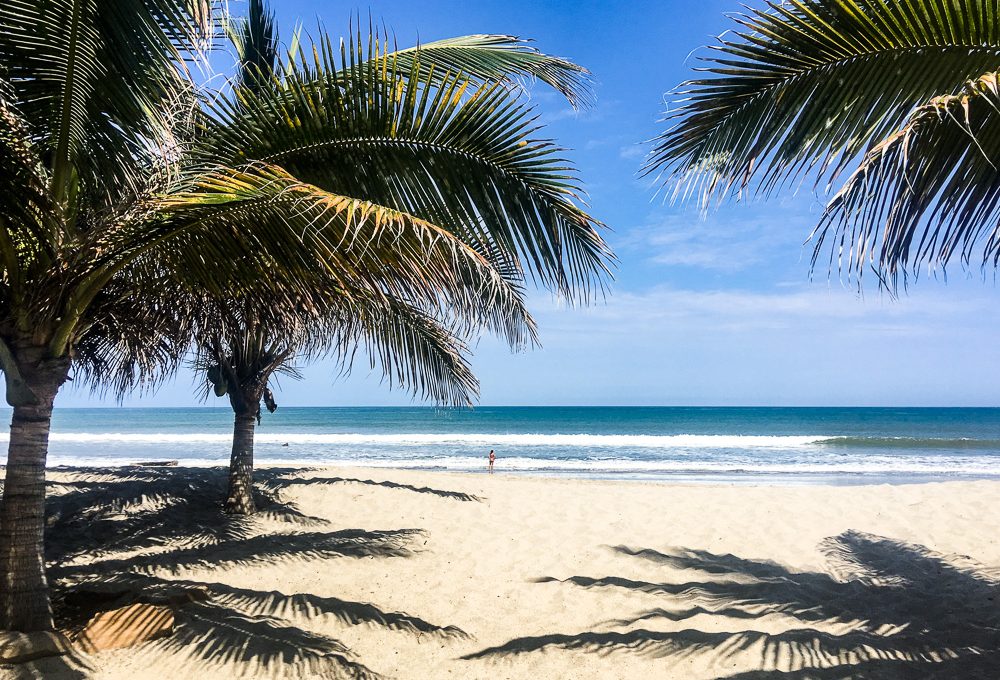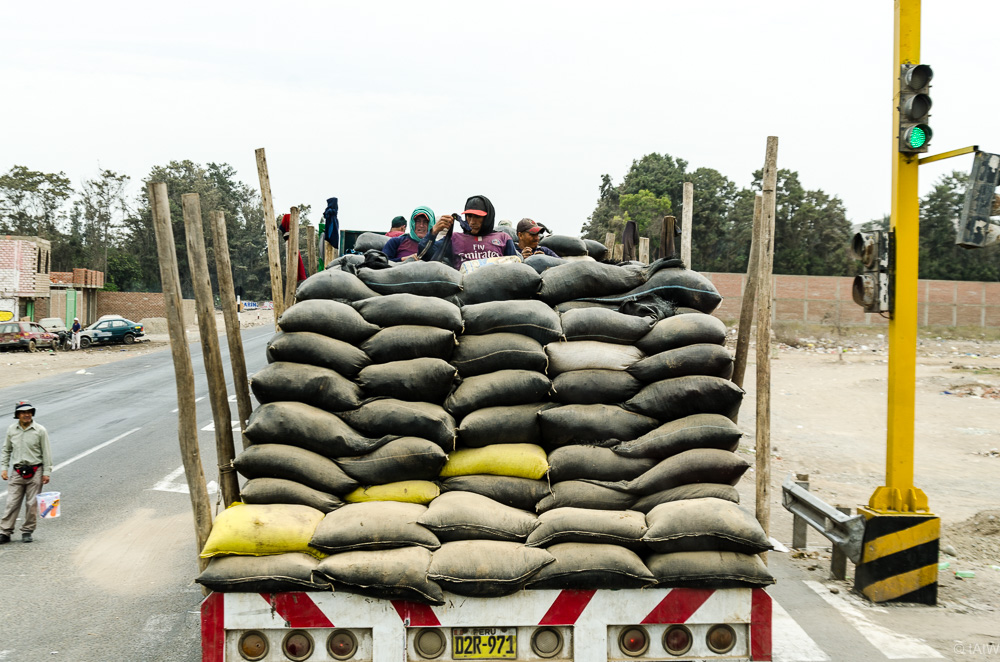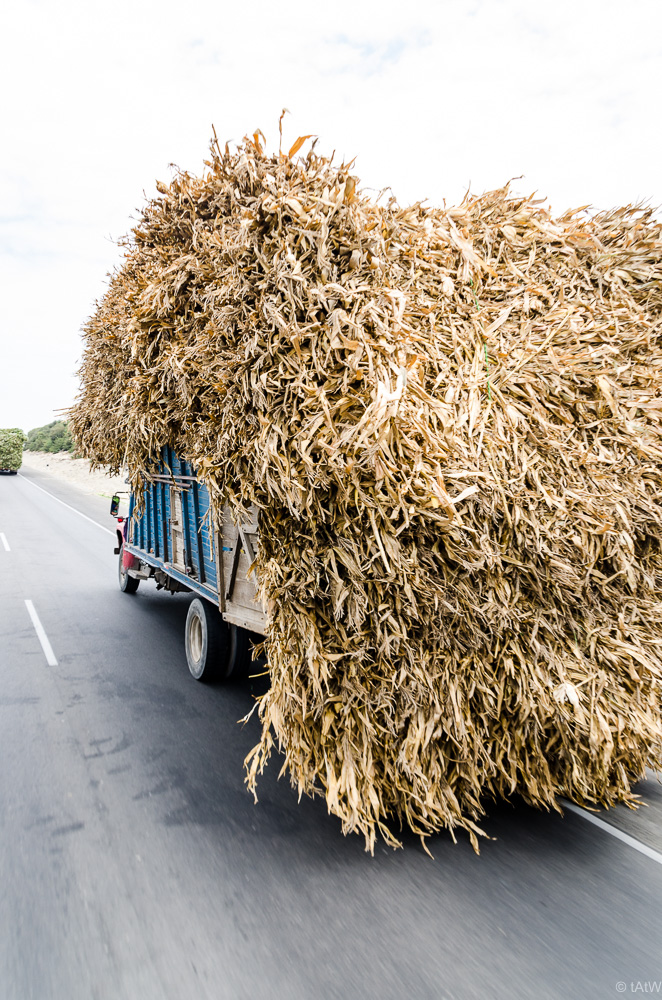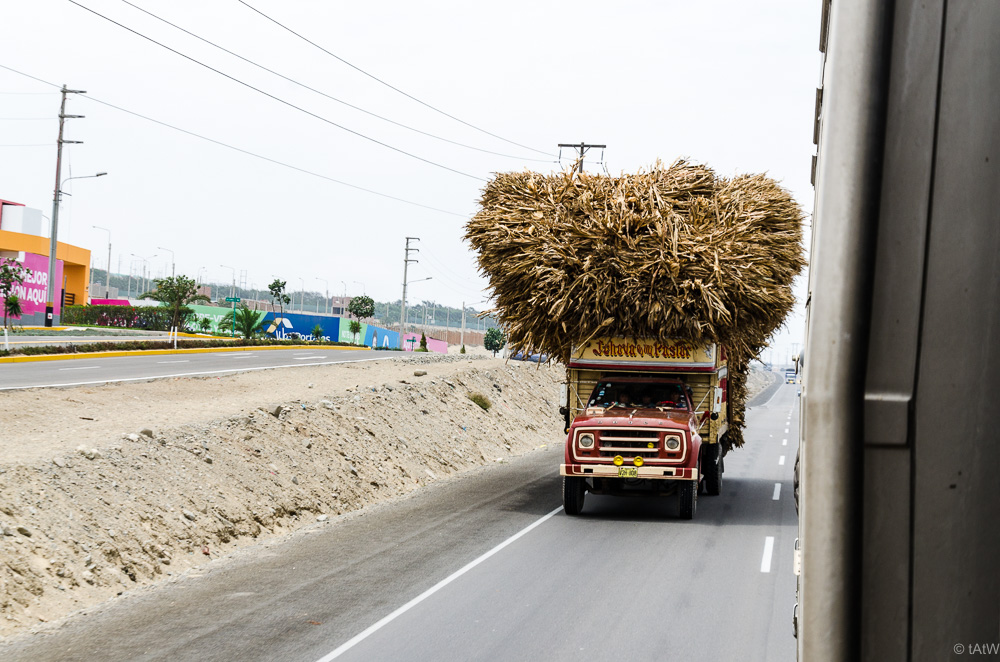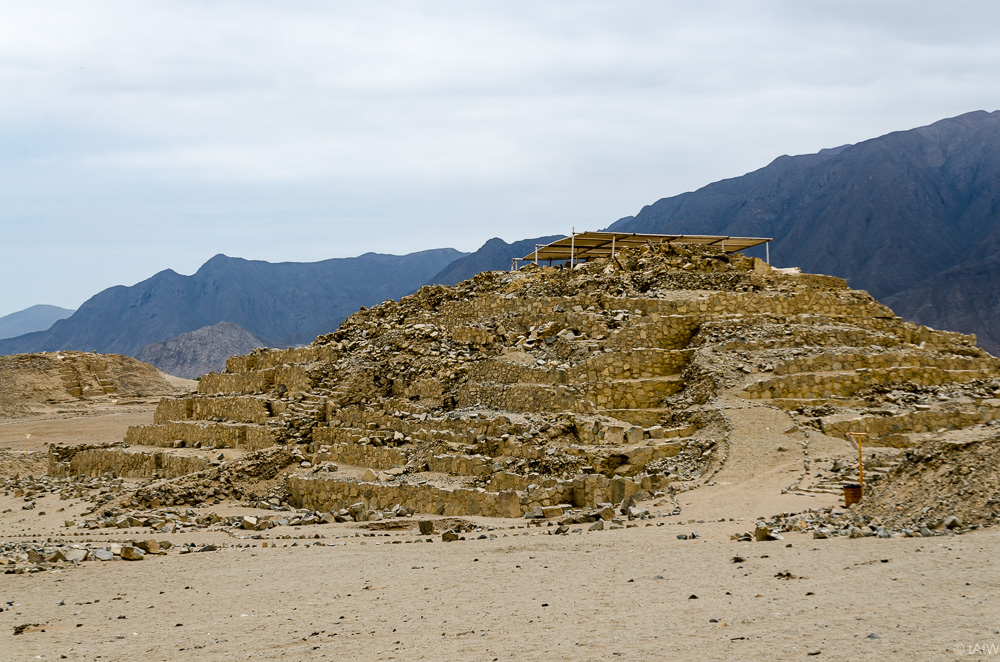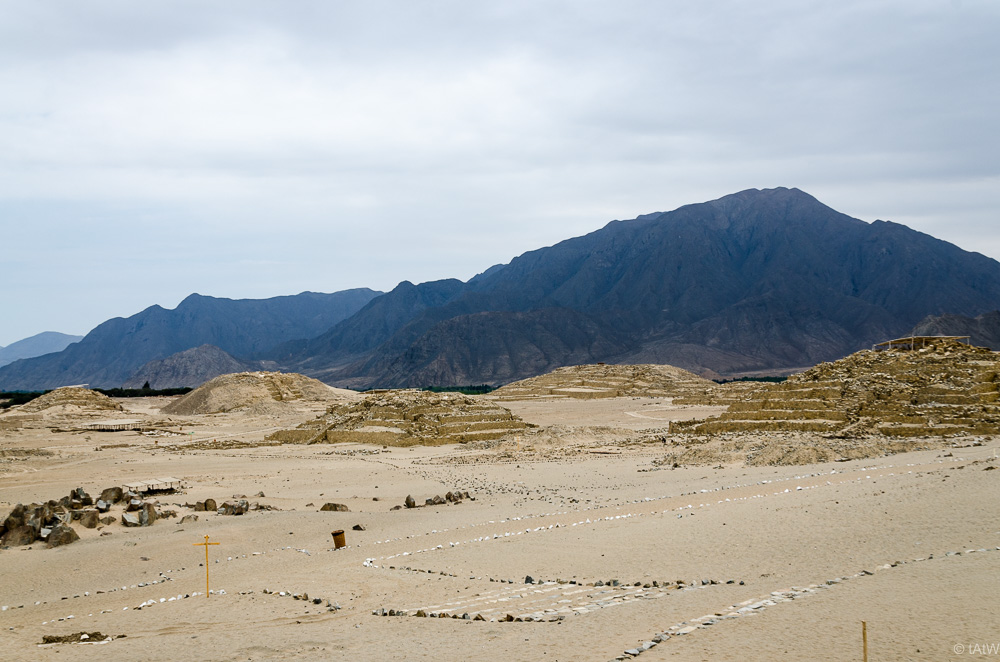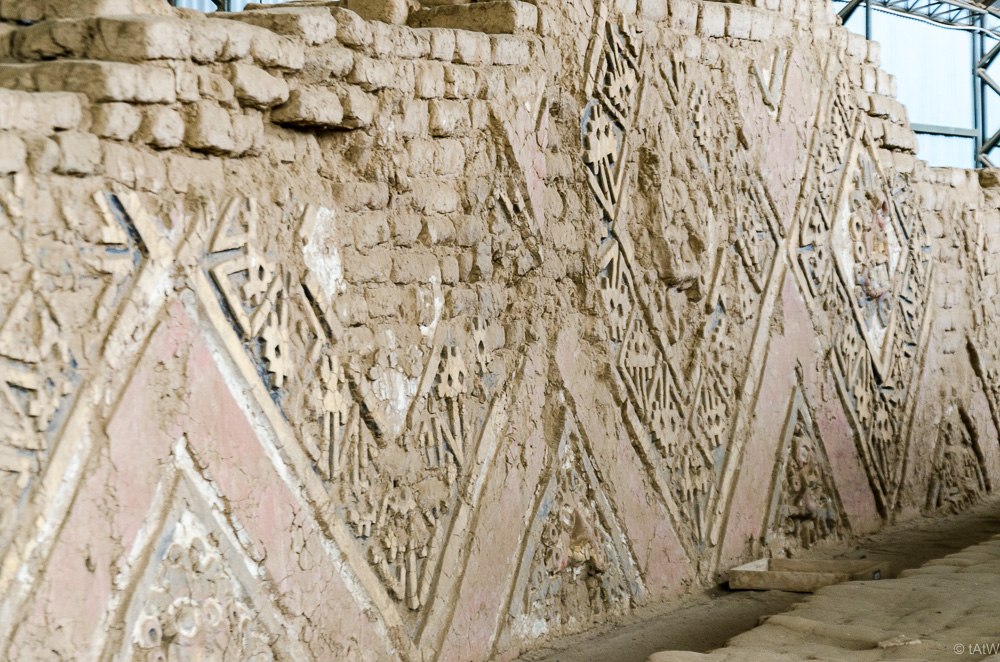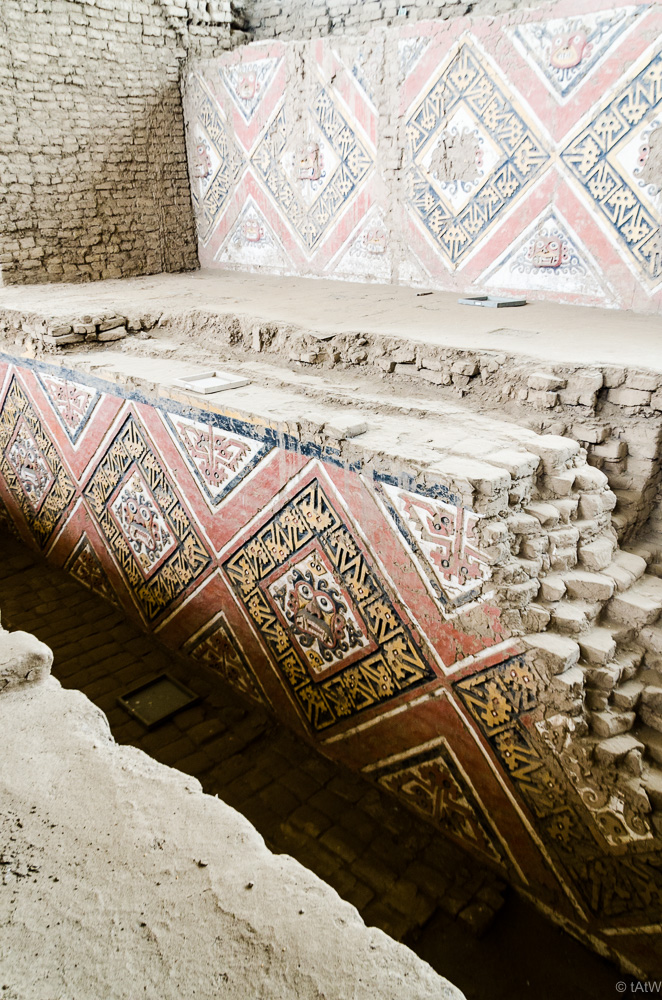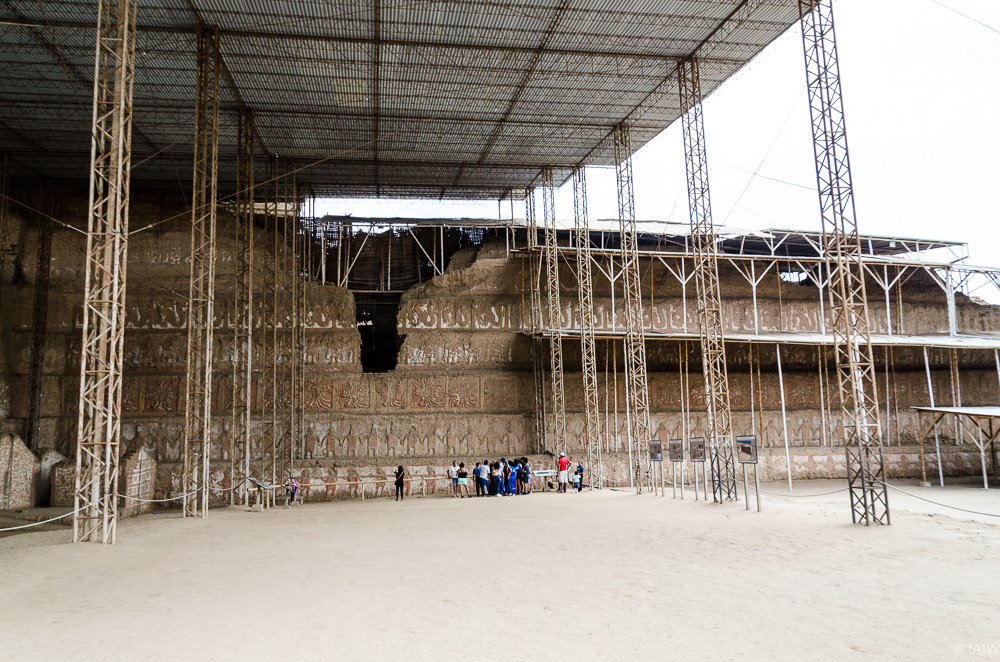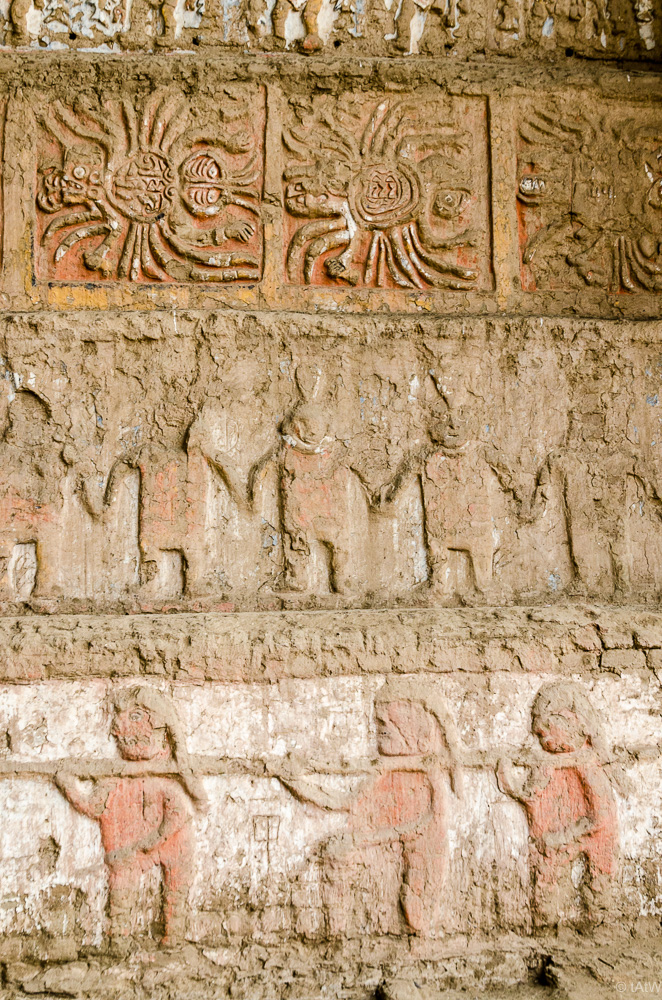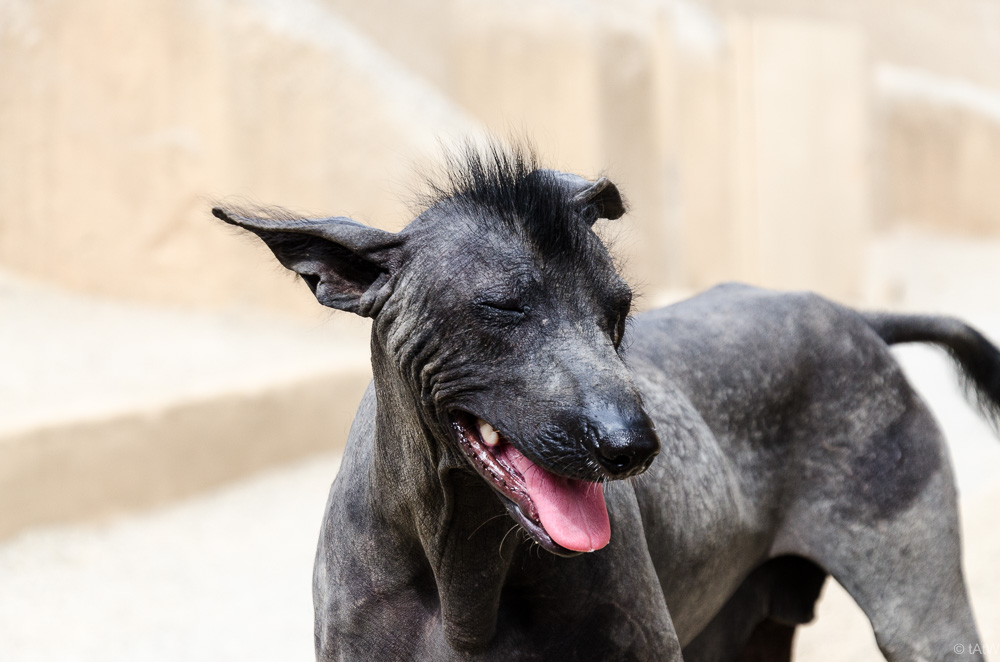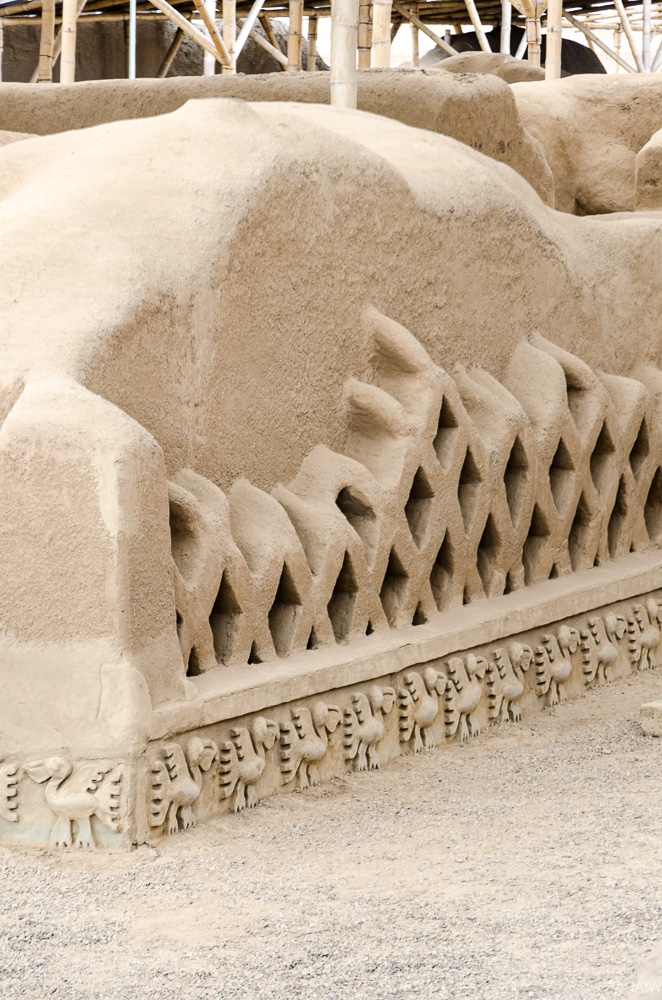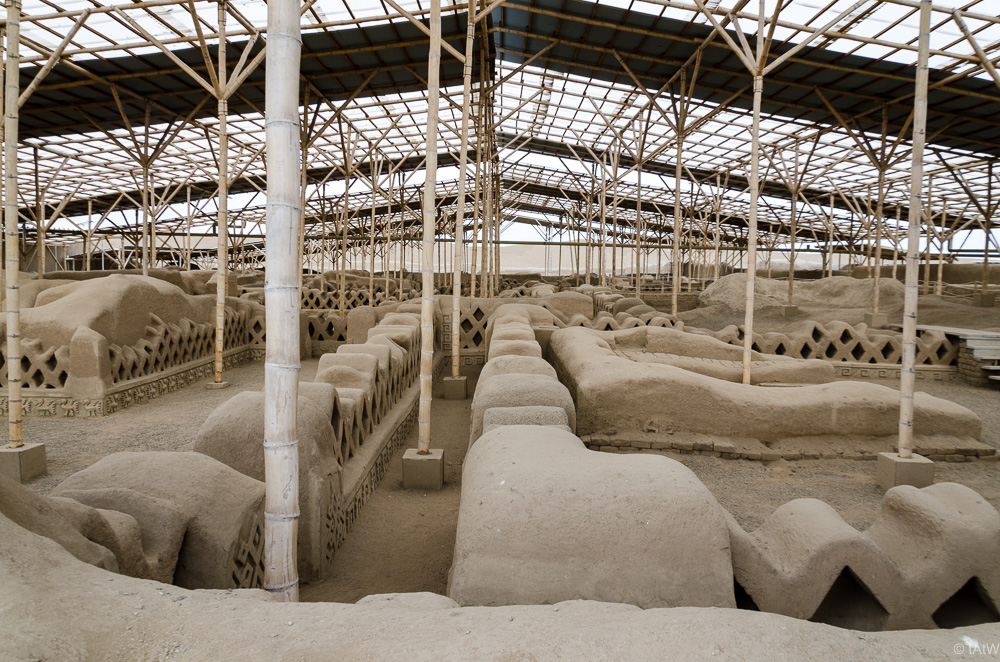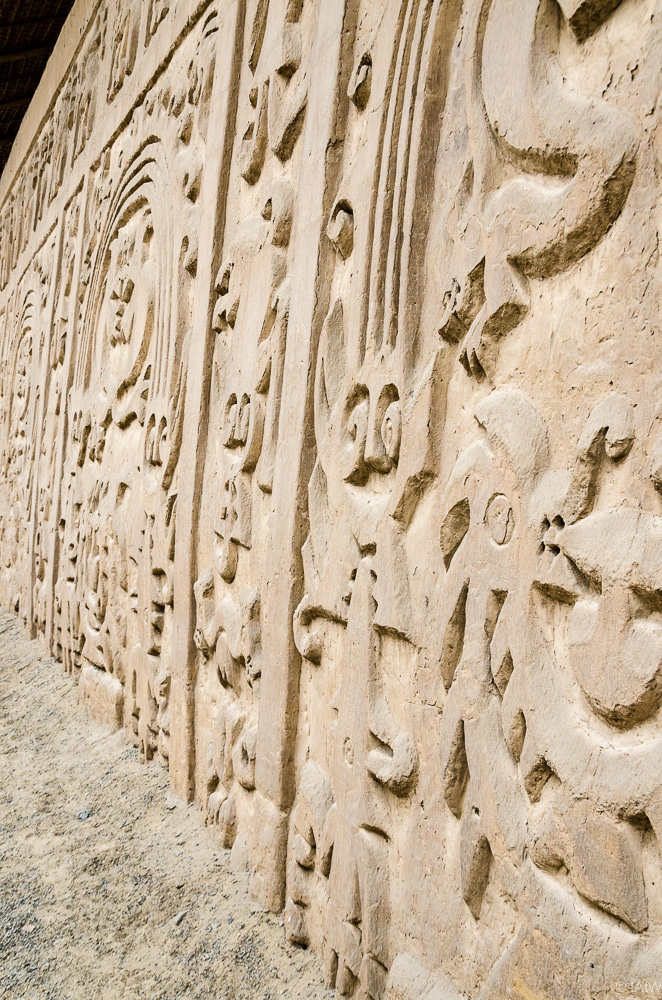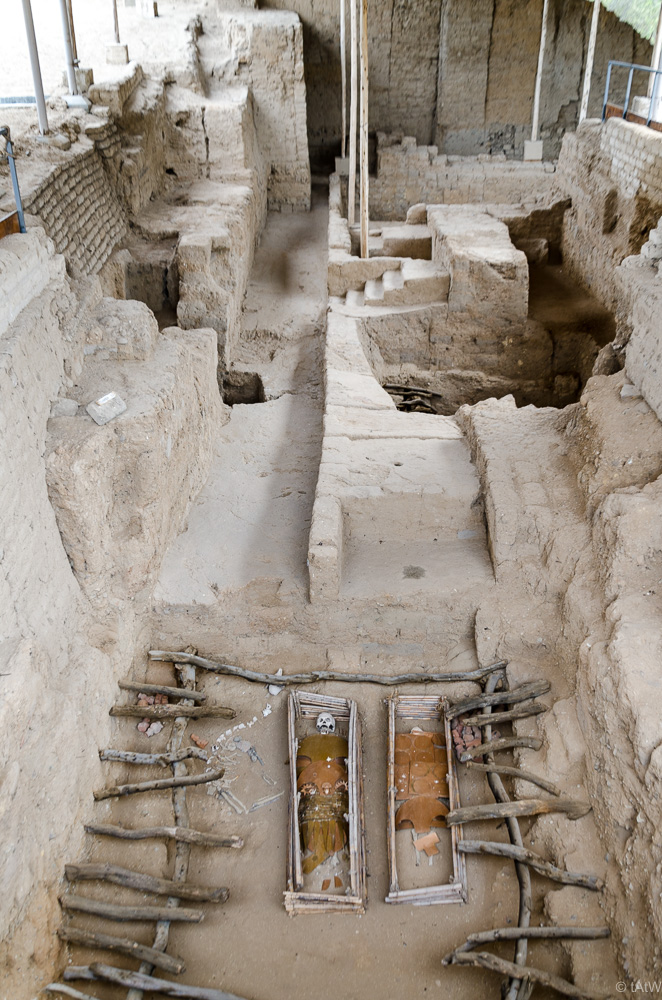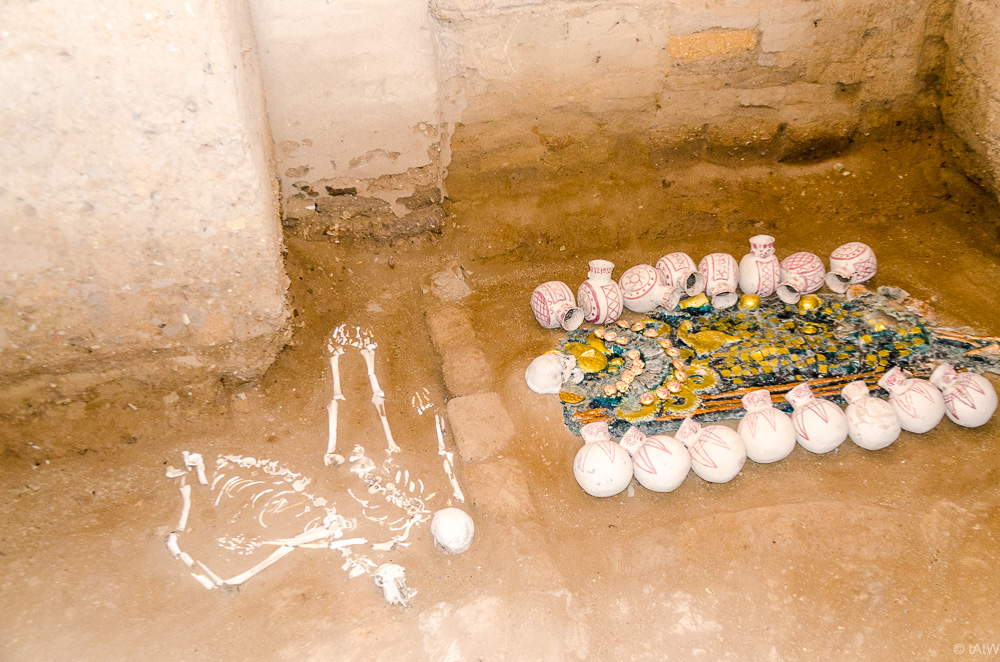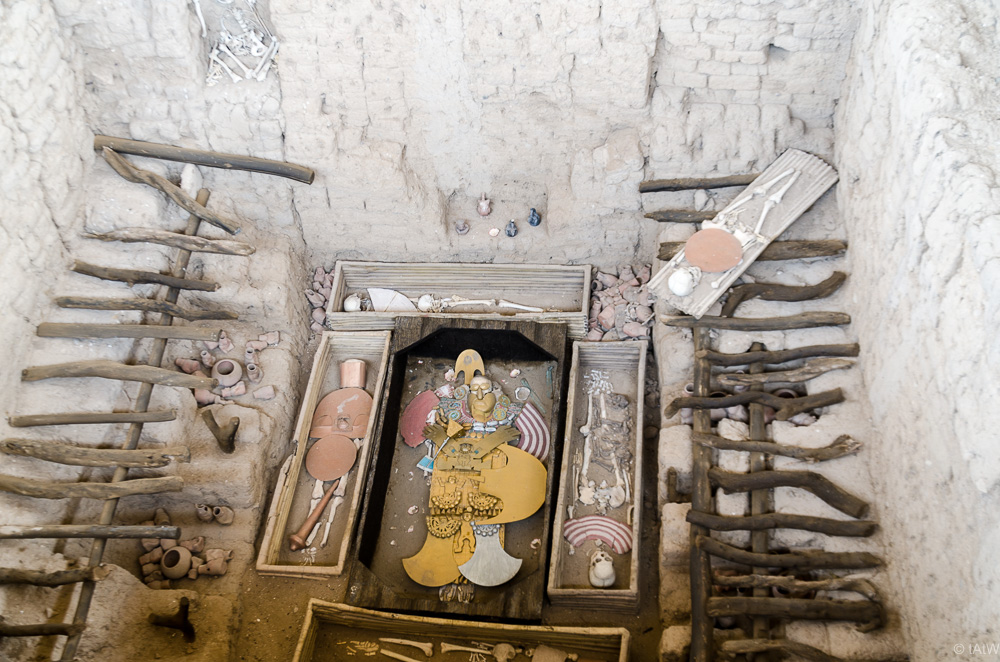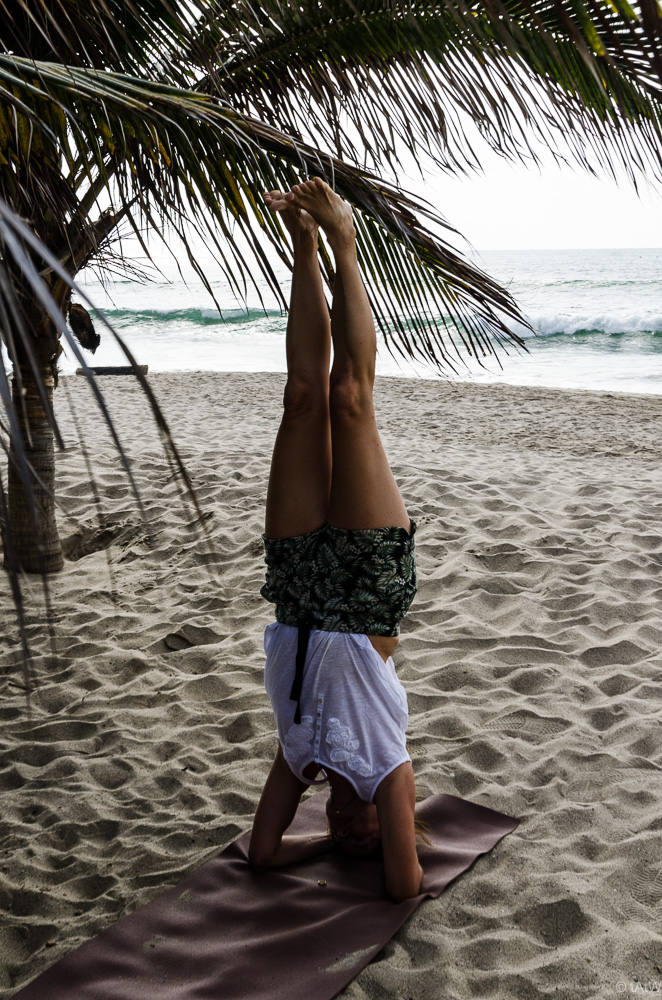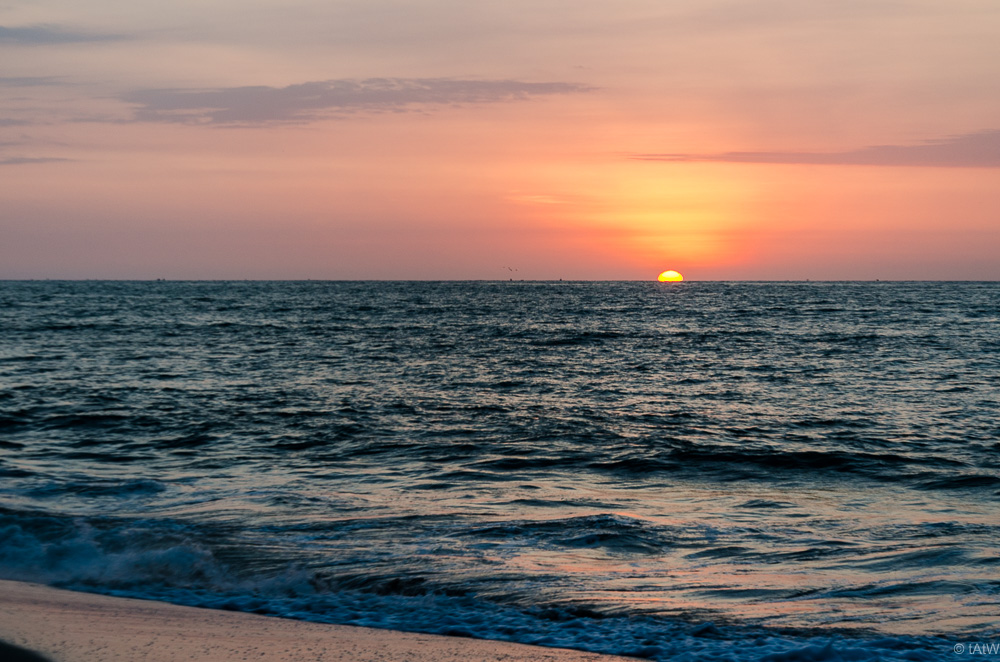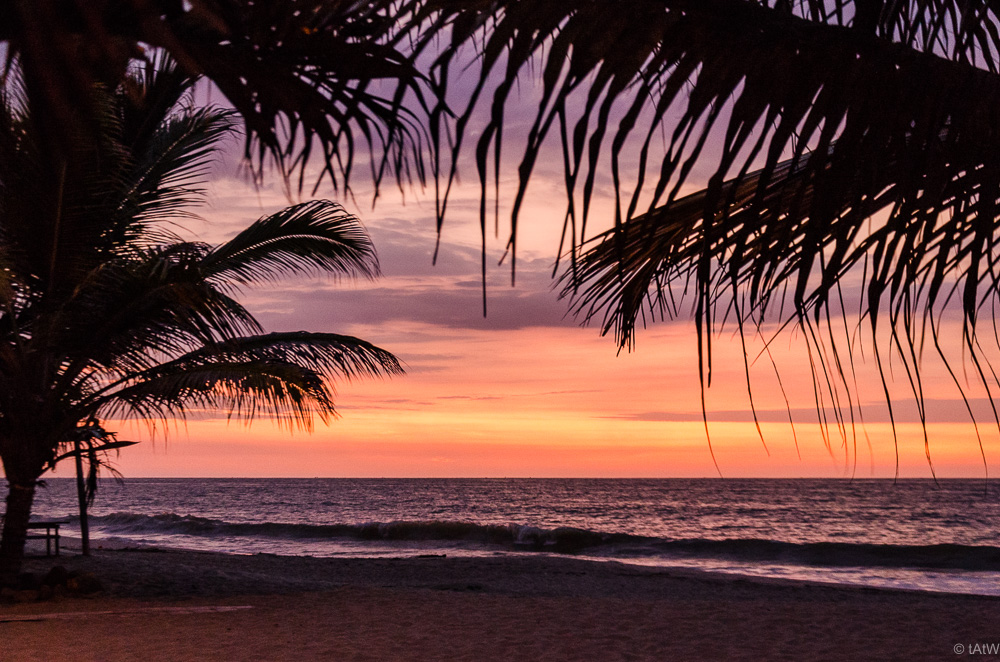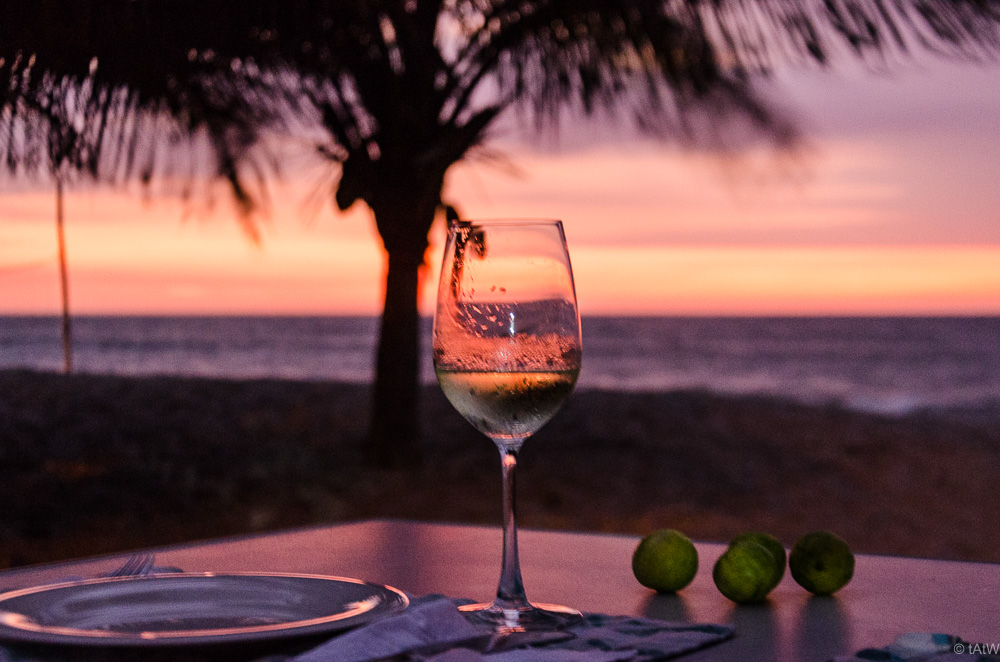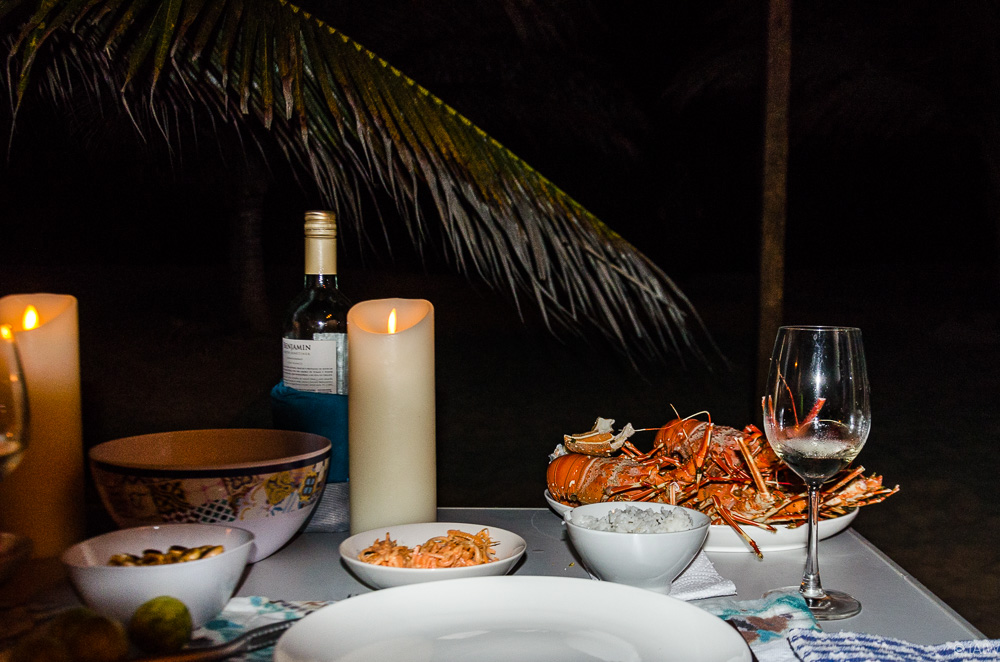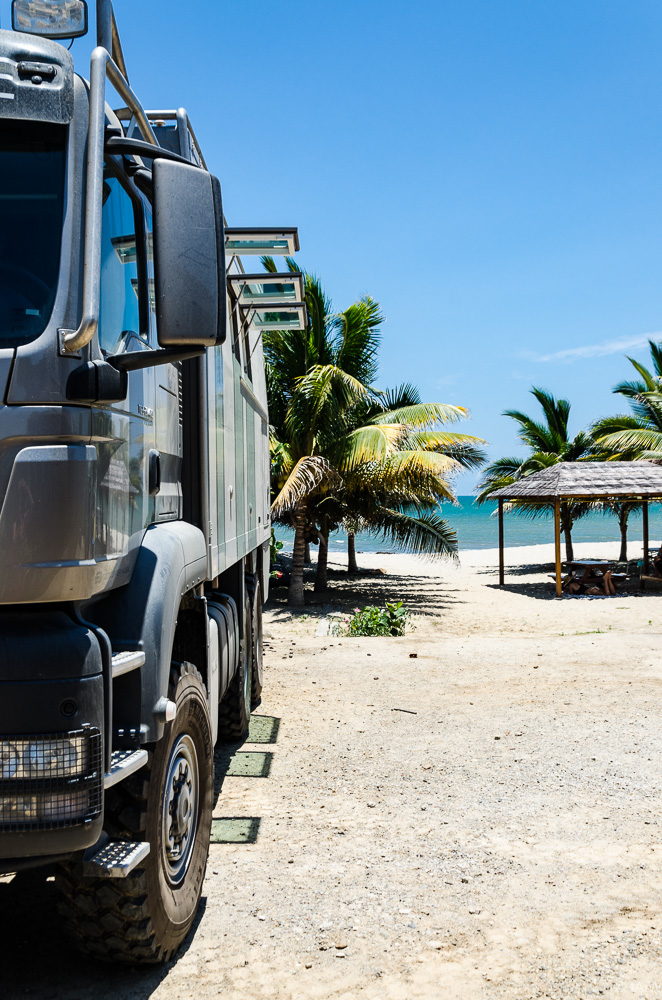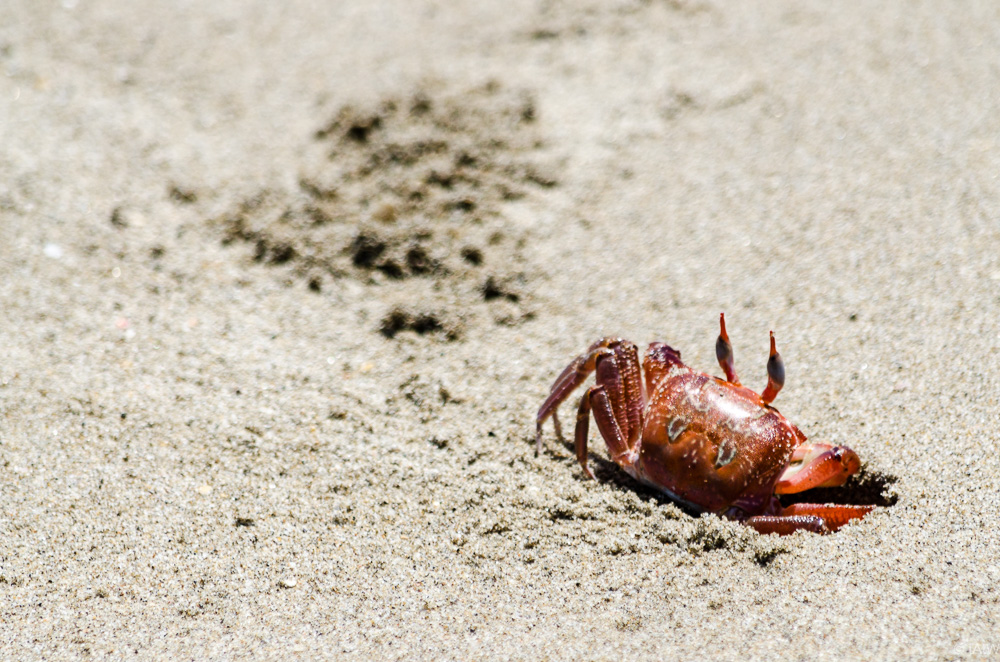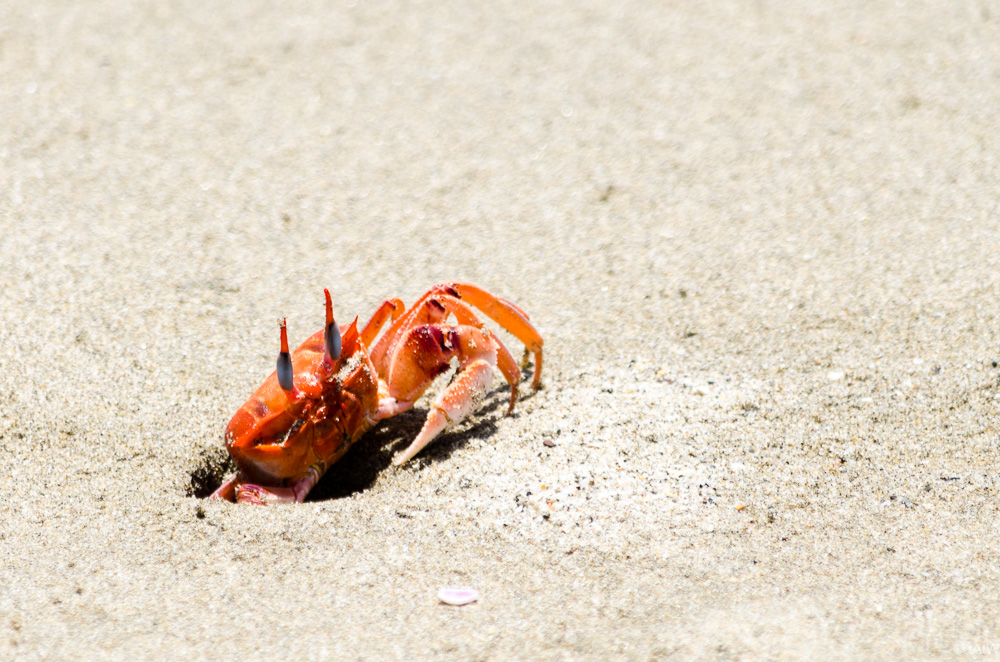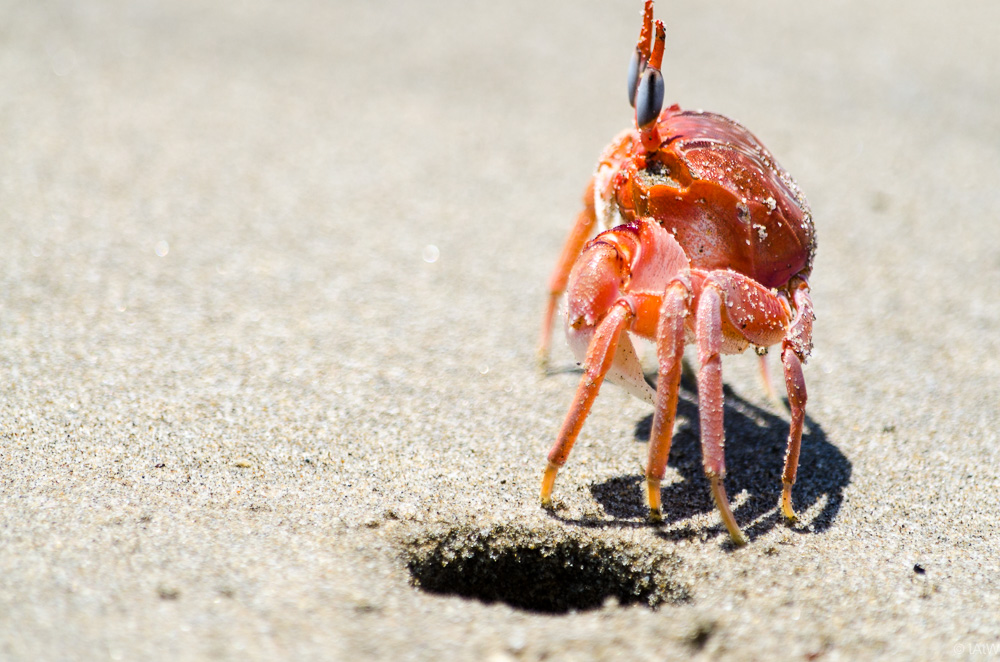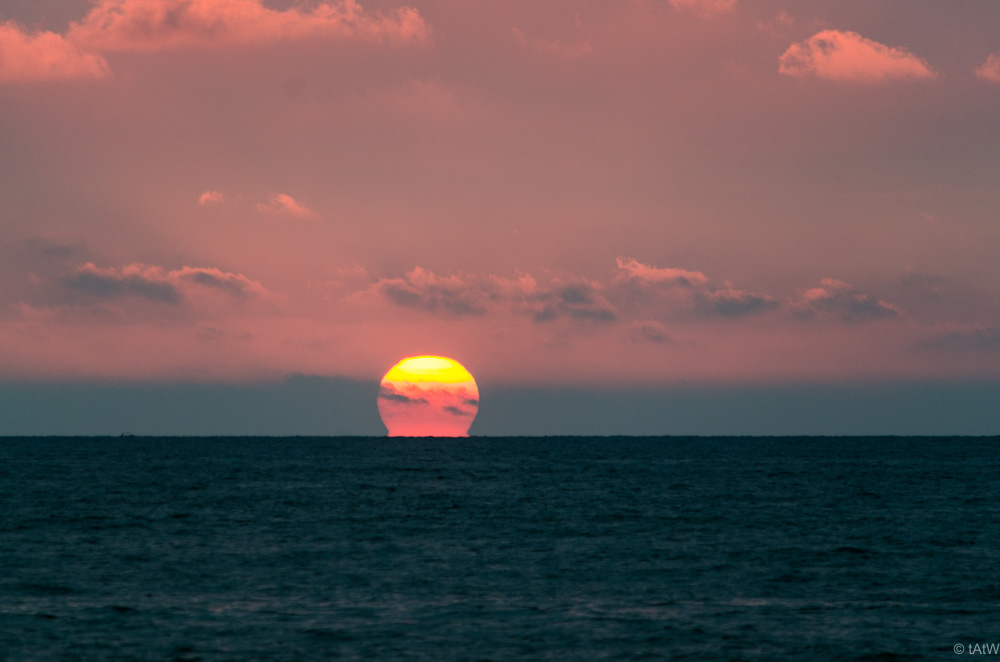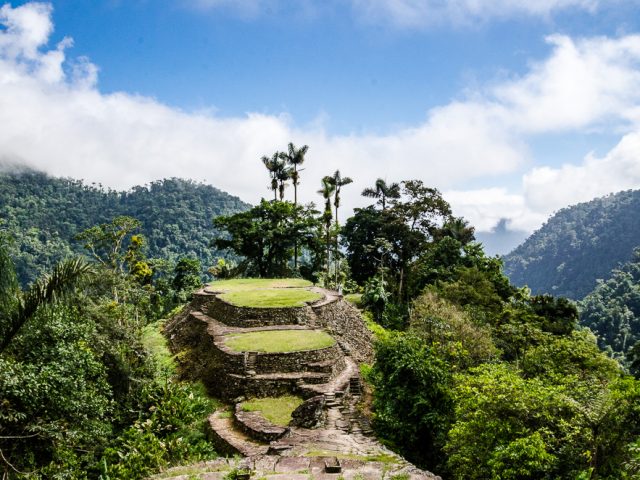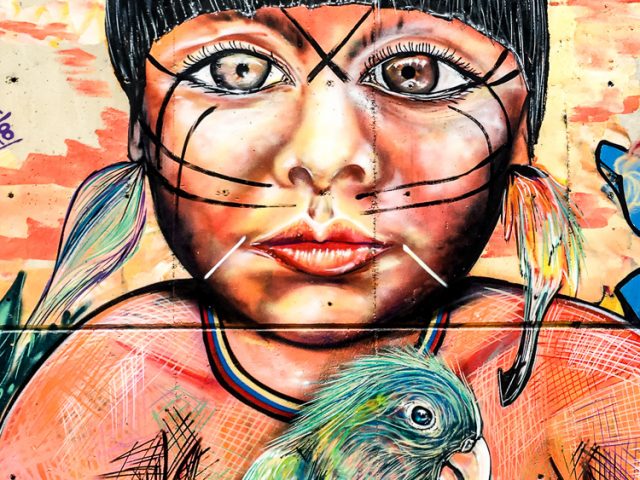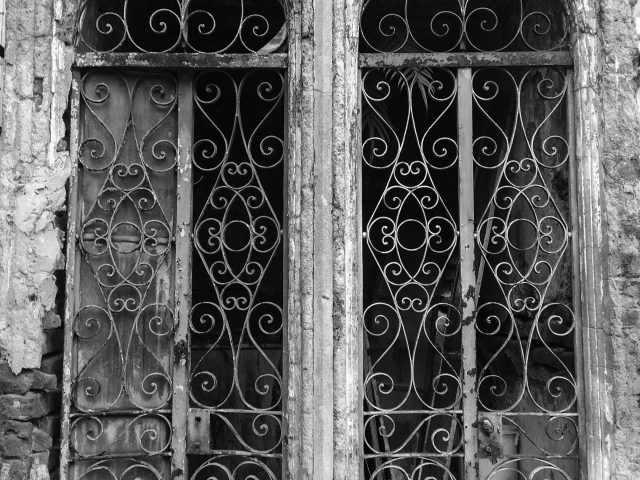As we have had a lot of spectacular nature lately, it’s time for a cultural program. After returning to civilization from the beautiful Peninsula Paracas, refreshing our supplies and having been to the hairdresser for a long time, we drive past Lima to the north.
First, we make a detour to the National Park of Lachay, north of Lima: here there is, despite dust-dry desert environment, very humid micro-climate, because exactly at this point the coastal fog of the sea condenses into water and many flowers, trees and other flowering plants can flourish. Unfortunately, not in our season in March, and therefore everything is pretty dry. There are lots of flies, which make the stay here not really pleasant. After a short hike in the park, we therefore continue north in Peru on the superb and mostly four-lane Panamericana to the pyramid city Caral. It is considered the oldest city of America and is dated at 2,627 BC. The age of the plant is impressive, as well as the location on a very fertile river valley, where the harvest is in full swing. Hundreds of sacks of fresh passion fruits are waiting to be transported at each corner…. of course we also serve ourselves. Apart from that, it’s just stones, which is not our favorite topic.
We head north to Trujillo, the third largest city in Peru with two historic highlights: the Sun and Moon Pyramid (Huaca del Sol and Huaca de la Luna, built by the Moche dynasty around 100 AD), the latter being partially excavated and consisting of 6 superimposed “layers”) as well as the city of Chan Chan by the Chimú dynasty about 1,000 AD – built entirely of adobe clay bricks. With a size of 20 square km and 80,000 inhabitants at its heyday in the 13th century, it was the largest city in the world at the time. Impressive are both the sheer dimensions of the facilities and the fact that very few of the complexes have been dug up so far and that many hidden objects are still under the desert sands …. due to a lack of money. With the tombs of Sipan at Chiclayo we visit the fourth historic “stones” monument within three days… but they are among the most spectacular archaeological finds in Peru, since completely preserved and not plundered by the Spaniards in the colonization process.
By now we are pretty tired of overlanding. In the last 10 days since our re-entry into Peru from Chile, we have driven nearly 3,000 km along the coast, have undergone intensive sightseeing programs and the climate is now tropical hot. Even the cold Humboldt stream is no longer able to cool down the temperature from the sea, as here in northern Peru, just before the border with Ecuador, the warm Panama current dominates. Therefore it is time for a few “holidays” and the campsite / hotel Swiss-Wassi with its location right on the sea with beautiful palm trees and sunsets is the perfect place for this. Even though we are not yet in the Caribbean or in Brazil, the beach here has quite comparable level, which is confirmed by other travelers present there with direct comparison experience. We spend almost a week here, moving Shujaa just a few feet back and forth to drain black and gray water, organizing our trip to the Galapagos Islands and other topics, buying fish on the beach directly from the boat, updating our blog again and enjoying just doing nothing.


